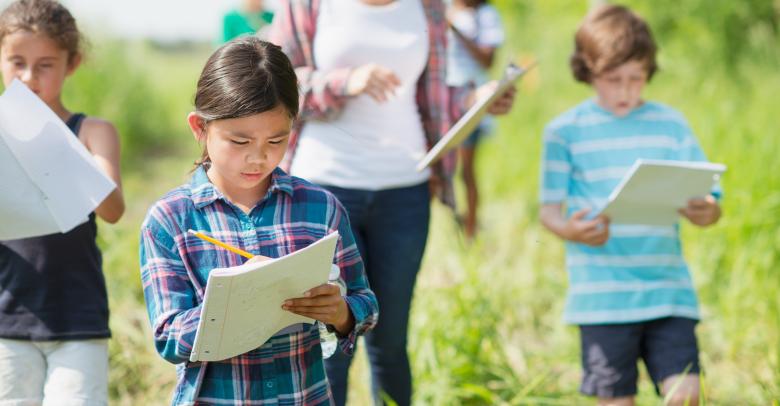When working with students, incorporating effective questioning can increase understanding, promote critical thinking, and identify misunderstandings. Questioning your student about what they read will support comprehension and retention of information.
Too often, however, questioning becomes an overlooked component of communication. As educators, we often rely on our questioning strategies to inform us about what our students know. Used carefully with thought, questioning can enhance a lesson’s effectiveness. Utilizing questioning will provide the same feedback and may also improve communication all around!
Questioning individual students is key to understanding. Effective questioning can be done verbally or using visual cues.
Effective Questioning With Visual Cues
When using visual cues, you might consider using signal responses, such as a thumbs up/thumbs down or a whiteboard for silent responses. If you want to provide multiple choice options and incorporate movement, ask your student to move to a corner of the room or move a physical object to demonstrate their answer.
Verbal Questioning
Questioning verbally is more common, and for many, more natural to implement. Ask open-ended questions. Ask your student to describe, explain, and predict what may happen next. For instance:
- What do you think this story might be about?
- Based on the title, pictures, chapters, etc. what do you think might occur?
- Who was your favorite character? Why?
- Who does that character remind you of?
- Why do you think they reacted that way?
- What do you think will happen next?
- If that happens, what might happen next?
- Can you predict how the chapter or story will end? Why do you think that?
- Why do you think the author wrote the story?
- Do you agree with or like the ending? Why or why not?
Allow for wait time with verbal questioning so you can provide time for your student to think through the question and formulate their answer. If, after waiting, the student initially does not provide an answer, you might rephrase the question or offer a clue. Some students may benefit from a simple statement such as, “Keep thinking about that.” Listen to their response and follow up with questions. A conversation is key.
You may also want to model your thinking and share your responses with your student. Sharing different thoughts and opinions increases thinking skills. Asking your student to explain more or discuss why they think that way increases their understanding and promotes critical thinking. While you are building their comprehension, you will also be increasing communication as an added bonus!
Deanna Marie Lock
Deanna Marie Lock is a reputable educational leader with a multifaceted background as an elementary school teacher, assistant principal and principal, Instructional Solutions consultant, Instruction and Intervention Subject Matter Expert, and today as the Director of Category Expertise and Support across all of School Specialty’s target curriculum solutions and widespread product categories. With 18 years spent specifically in the public education sphere, Deanna now uses this in-classroom expertise to add a personalized, intentional approach when professionally advising to an audience she herself had been a part of for nearly two decades. Deanna is passionate about building purposeful long-term internal and external customer connections, and helping students find their passion and highest potential, too!







Leave a Reply